[LUM#6] In the heart of the crater
How was the giant Chicxulub crater formed by the fall of an asteroid 66 million years ago, known to have probably led to the extinction of the dinosaurs? Geosciences Montpellier geophysicist Johanna Lofi took part in an expedition to find out.

It's the latest planetary cataclysm. Some 66 million years ago, a giant asteroid struck the Earth, causing the extinction of most Cretaceous species and probably putting an end to the reign of the dinosaurs. The Chicxulub impact crater formed in a matter of minutes, reaching a diameter of 180 km.
For the first time, an international team of researchers drilled the central ring of this crater, now buried under 600 meters of sediment in the Gulf of Mexico. Scientists and drillers spent two months at sea in 2016, as part of the scientific drilling programs International ocean discovery program and International continental drilling program), drilling day and night into the famous central ring to extract rock samples... up to 1.3 km below the seabed.
Of the three largest craters on Earth, this is the only one associated with a mass extinction event," explains Johanna Lofi, geophysicist at the Géosciences Montpellier laboratory, who took part in the expedition. It's also the only one whose central ring has been preserved by the marine sediments that covered it". Study of the samples will help us to better understand how giant craters are formed, and to reconstruct in detail the history of this asteroid fall and the mass extinction that followed it. Initial results were published in the journal Science in 2016 (The formation of peak rings in large impact craters).
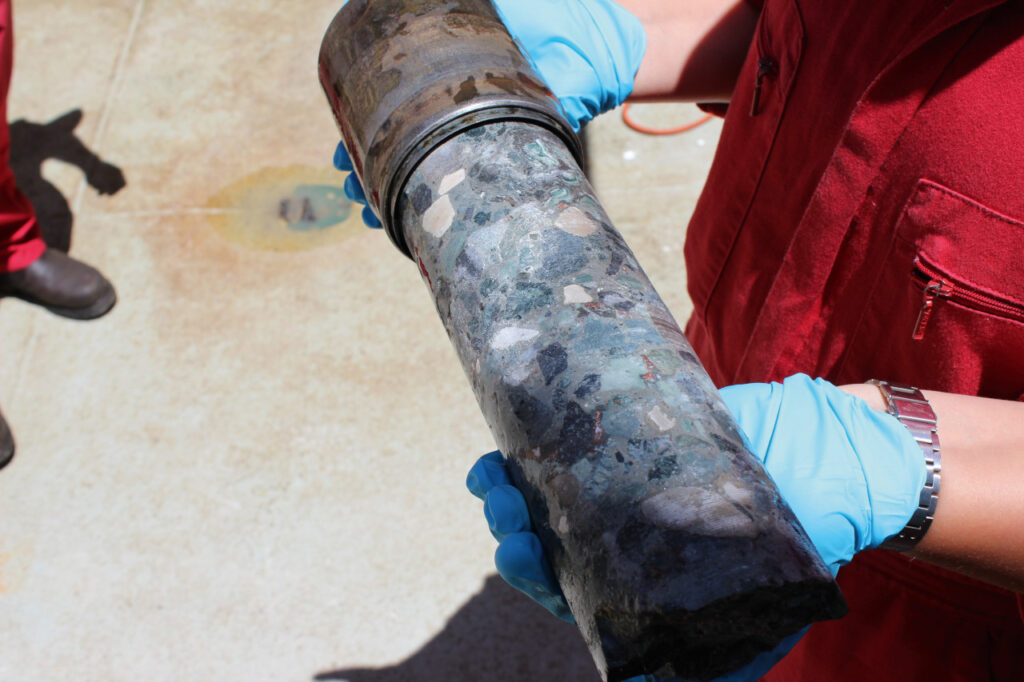
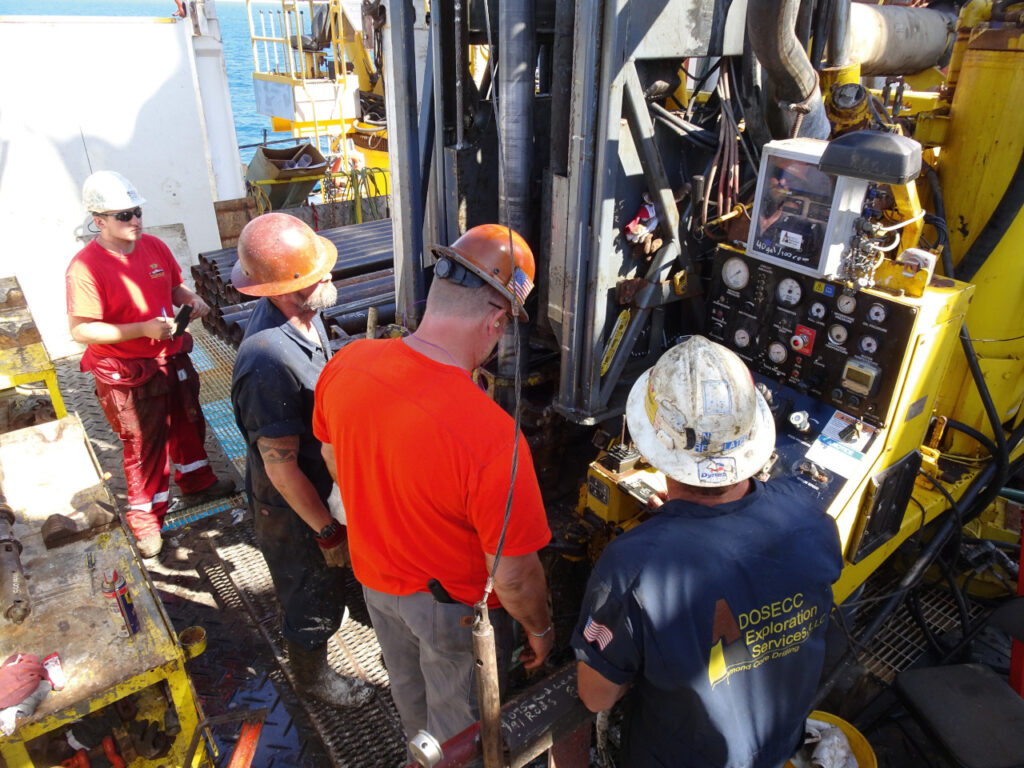
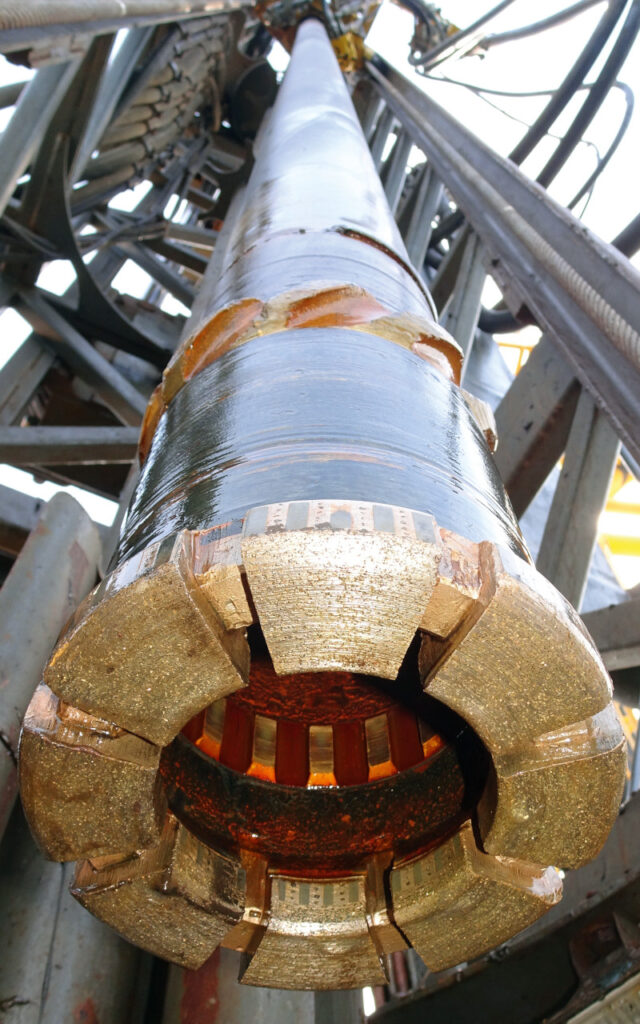
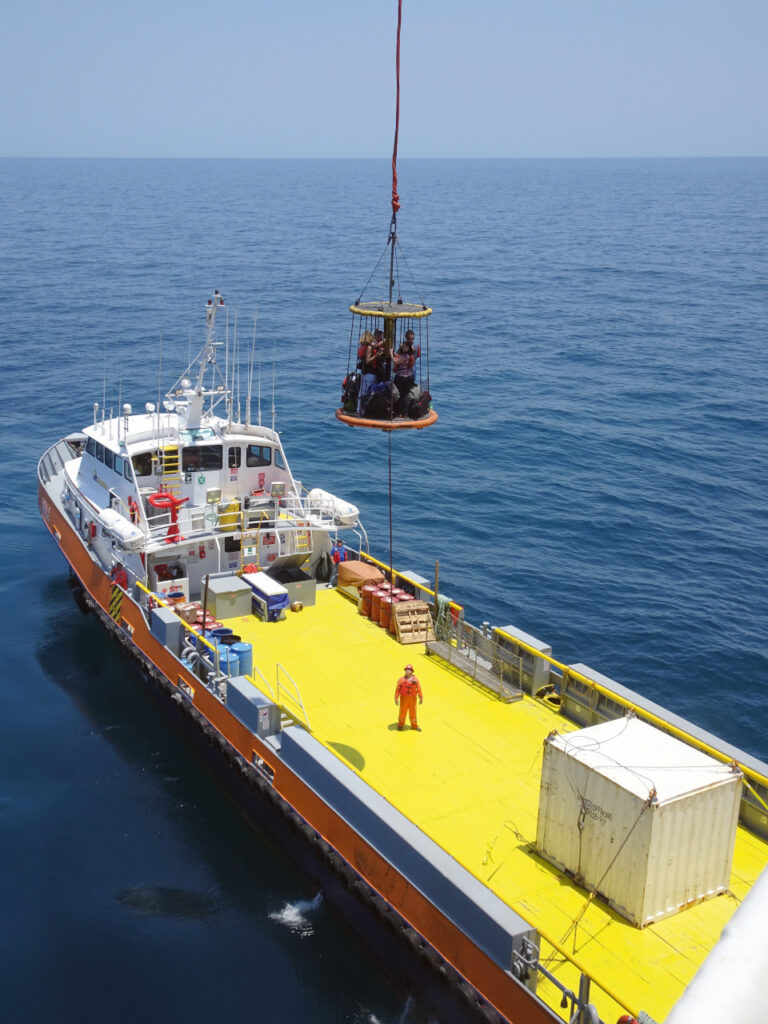

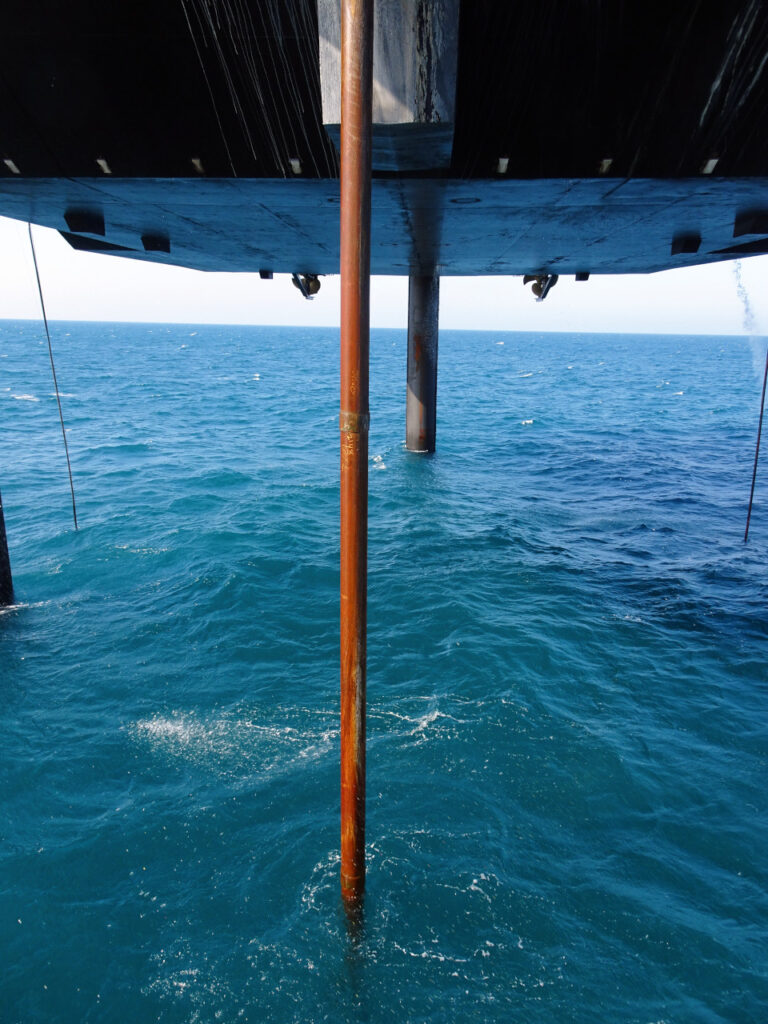


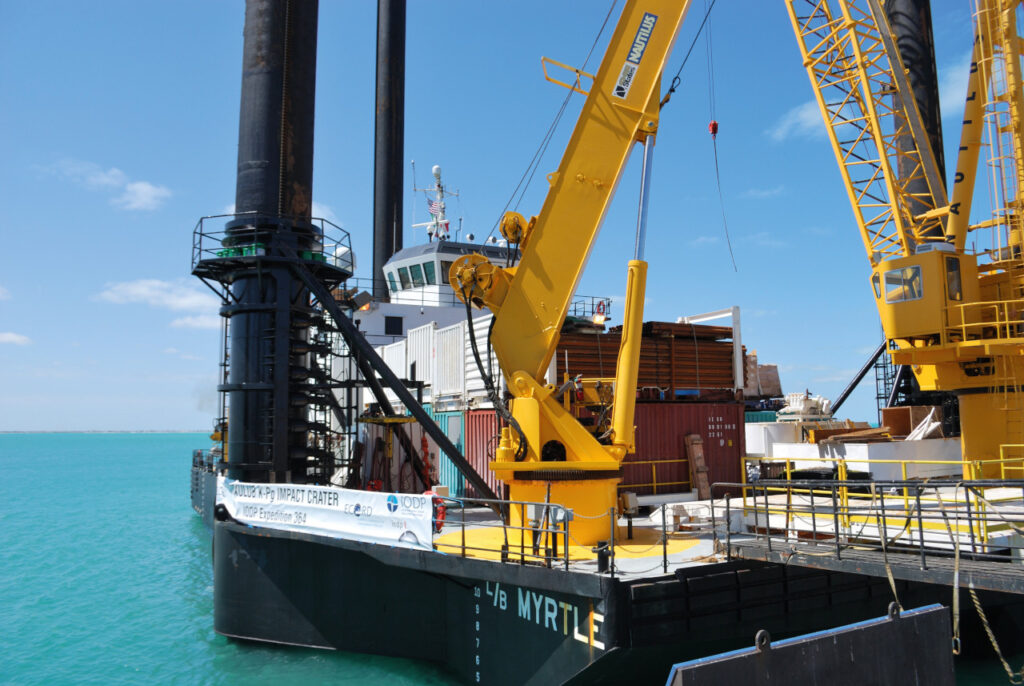
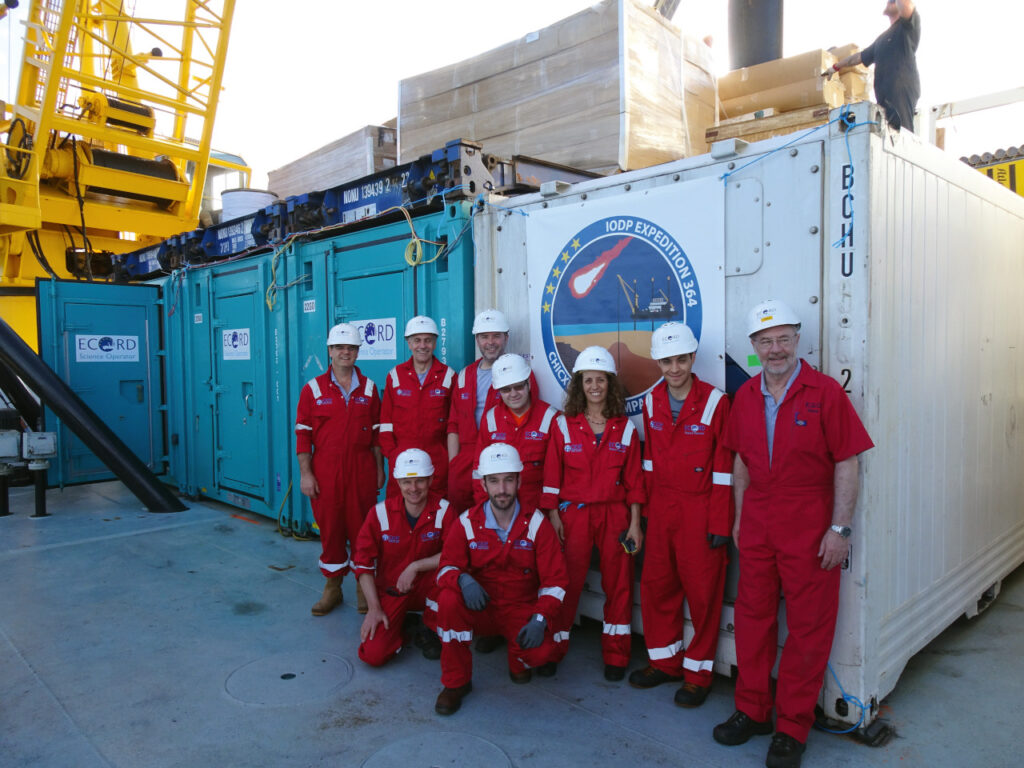
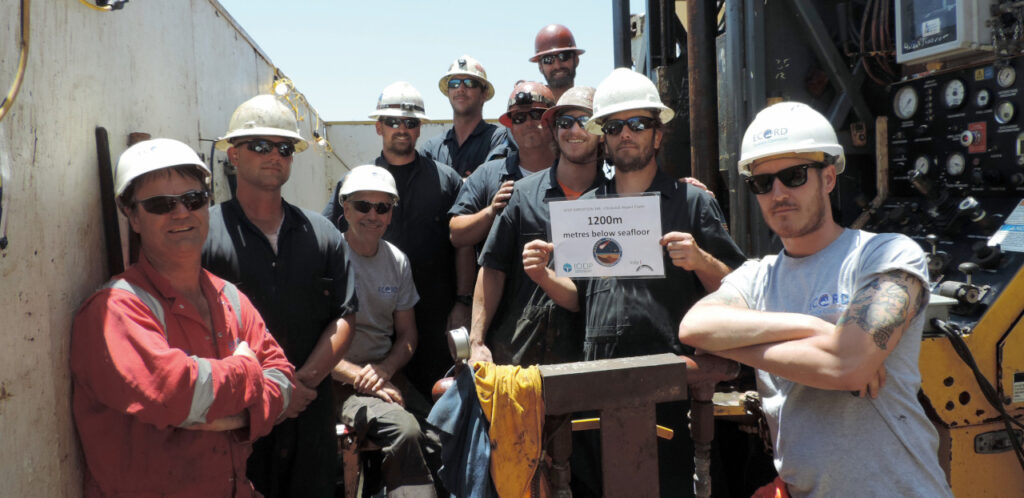
UM podcasts are now available on your favorite platforms (Spotify, Deezer, Apple podcasts, Amazon Music...).